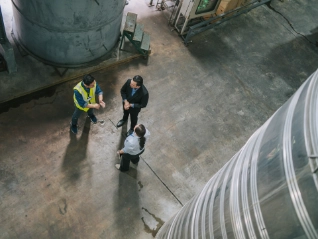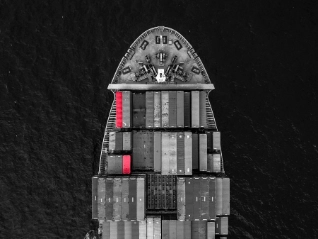Atradius Atrium
Ottenete l'accesso diretto alle informazioni sulla vostra polizza, agli strumenti di applicazione dei limiti di credito e agli approfondimenti.
 Italia
Italia












Visualizzazione 7 fuori da 34







Visualizzazione 7 fuori da 61







Visualizzazione 7 fuori da 12







Visualizzazione 7 fuori da 11







Visualizzazione 7 fuori da 10